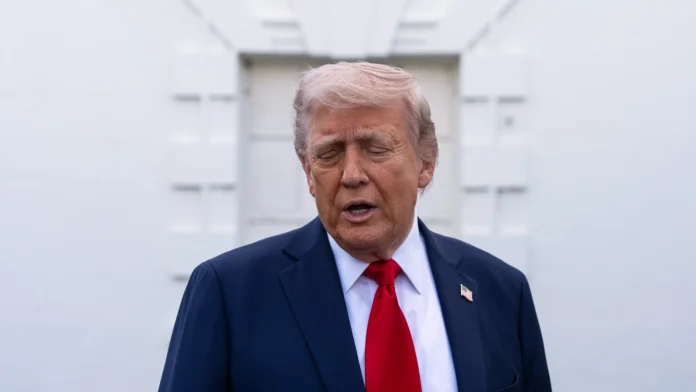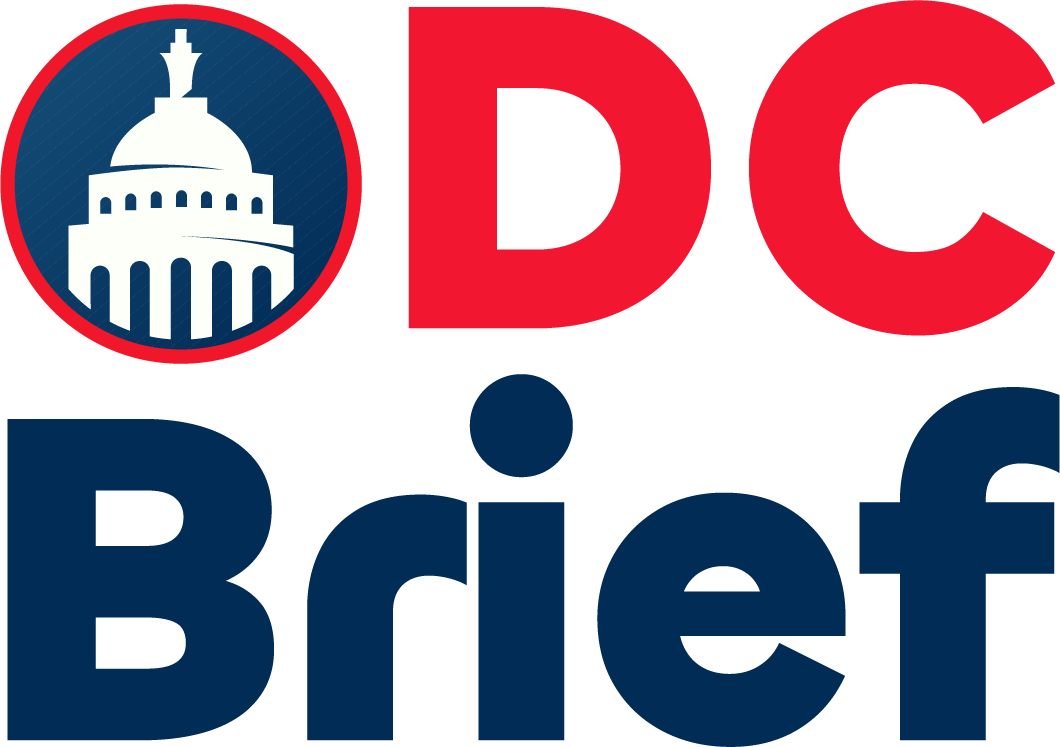US President Donald Trump announced that Russia and Ukraine are “very close to a deal,” following high-level discussions between his envoy, Steve Witkoff, and Russian President Vladimir Putin in Moscow. Speaking to reporters aboard Air Force One as he arrived in Rome for Pope Francis’s funeral, Trump described it as a “good day” of negotiations. The Kremlin echoed the sentiment, calling the talks “constructive,” even though Ukraine was not directly involved.
Trump later shared on social media that “most of the major points are agreed to” and urged both countries to engage at “very high levels” to finalize the agreement. However, Ukrainian President Volodymyr Zelensky, in a late-night address, insisted that only “real pressure on Russia” would lead to an unconditional ceasefire. Speaking earlier to reporters, Zelensky said that territorial negotiations could only happen if a full ceasefire were achieved.
Reports indicate that under a US-brokered peace proposal, Ukraine would be expected to cede large areas of territory annexed by Russia. Trump stated he would support Russia’s continued control over Crimea, annexed in 2014, an idea that Zelensky firmly opposes. Russia’s 2022 full-scale invasion has left Moscow in control of nearly 20% of Ukraine’s territory.
In a significant move, Trump’s envoy Witkoff arrived in Moscow for a fourth time this year, with talks reportedly lasting three hours and being deemed “very useful” by a top Putin aide. Discussions apparently narrowed the gap between the US and Russian positions, not only on Ukraine but also on other international issues. The talks reportedly included the possibility of direct negotiations between Russian and Ukrainian representatives.
Earlier this week, Putin indicated openness to dialogue with Zelensky for the first time in months, partly in response to Zelensky’s suggestion for a 30-hour Easter truce, which he proposed to extend to 30 days. However, no formal truce has yet been reached. Meanwhile, pressure from Trump has been mounting on Kyiv to agree to territorial concessions as part of any peace settlement. Crimea remains a particularly contentious point. Zelensky has repeatedly asserted that only Ukrainians have the right to decide the fate of their land.
In addition, Zelensky commented on Trump’s earlier remarks to Time magazine, where the US president said, “Crimea will stay with Russia.” Acknowledging the challenges faced by Ukraine, Zelensky admitted that Kyiv currently lacks the military capability to retake Crimea by force.
Though the US peace proposal has not been officially released, sources suggest it heavily favors Moscow. According to reports, the plan would see American recognition of Russia’s annexation of Crimea and effective acceptance of Russian control over other occupied territories, including all of Luhansk. In contrast, European leaders and Ukraine argue that discussions about Ukraine’s occupied territories should only take place after a ceasefire is achieved. Furthermore, the US plan reportedly rules out Ukraine joining the NATO military alliance.
For more political updates and breaking news, visit DC Brief.


